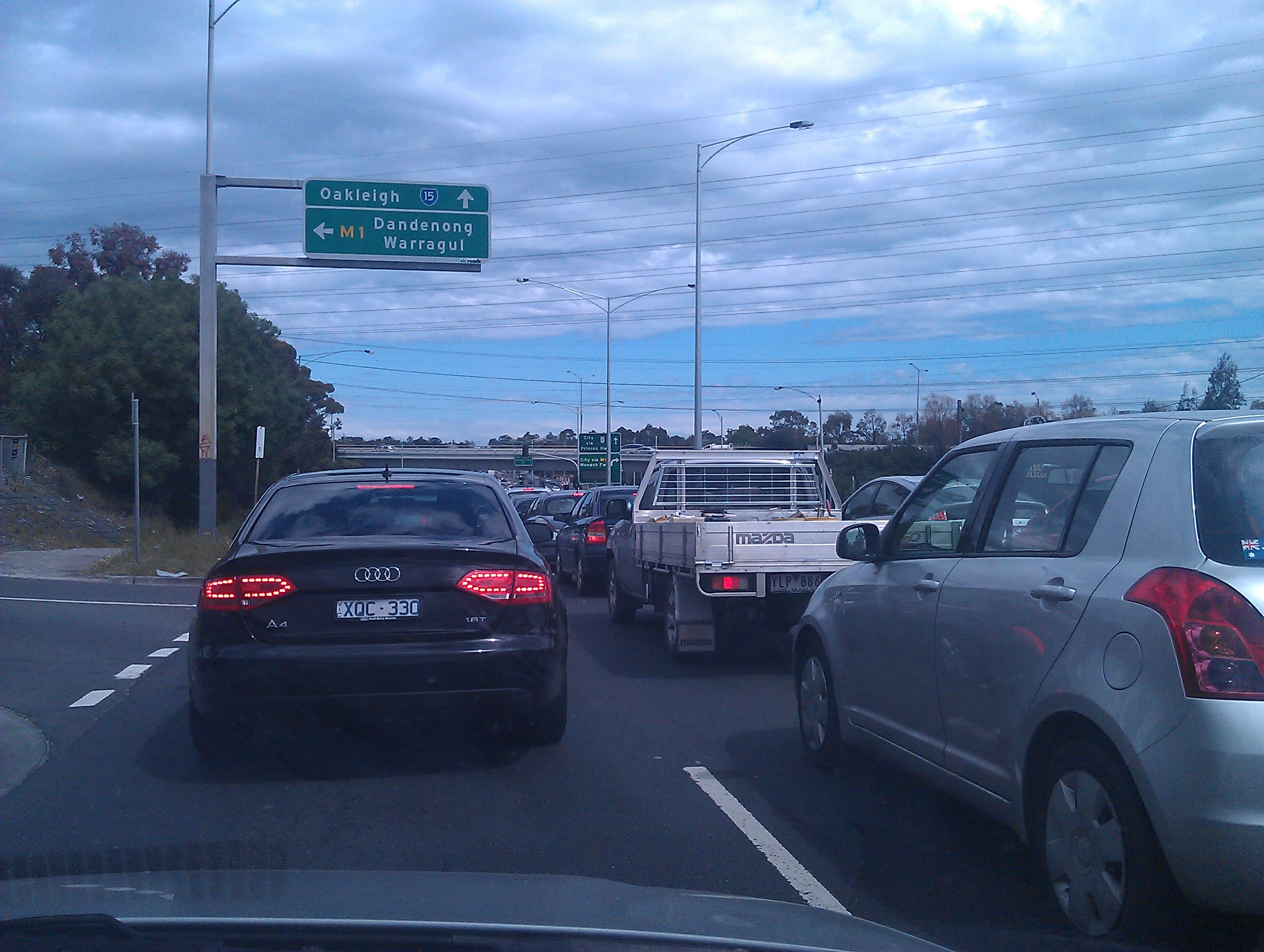The Victorian Government needs to show the public an integrated plan for moving people and freight. But the government also needs to match its busy infrastructure programme with a commitment to frequent local public transport service, the Victorian Transport Infrastructure Conference heard on Thursday.
According to a presentation by Dr Tony Morton, President of the Public Transport Users Association, the government has put forward numerous multi-billion dollar transport projects, but has not explained what part they play in any strategic transport plan for the next half century.
“On the one hand, the government is building the Metro rail tunnel, which is equivalent to about three West Gate Bridges in carrying capacity and has massive potential to divert single occupant car travel from the existing West Gate Bridge,” Dr Morton said. “Yet at the same time it’s sinking billions of dollars into the West Gate Tunnel, which has barely one-sixth the capacity but is likely to induce more car travel into the city, swamping any benefit the Metro tunnel provides.”
Winning the West
“Melbourne’s West faces enormous challenges in the near term dealing with urban growth and the state’s worst pollution from cars and trucks, not to mention the historical neglect of public transport infrastructure and services. We really cannot afford to be adding to the horrendous traffic problems that already exist. In fact we ought to be doubling down on rail infrastructure to bring the West closer to what the Eastern suburbs already enjoy. It’s time to start planning Melbourne Metro Two.”
‘Metro Two’ is the name given to a rail tunnel connecting Newport station underneath the Yarra with Fishermans Bend and the City. It then extends north via Parkville to connect with the South Morang line, providing added capacity to the Mernda growth area and simplifying planning for a Doncaster rail line. Versions of the line appeared in the 2012 Rail Network Development Plan and in plans considered by Infrastructure Victoria. it was also raised favourably in evidence by Victorian rail planner Ed Dotson to a 2010 Parliamentary inquiry into rail services.
Freight needs should have special consideration as part of an integrated plan, Dr Morton said. “At present, freight is in a zero-sum game with single-occupant car traffic, and the cars are winning. This will happen as long as we build so-called ‘freight roads’ that are just going to fill up with cars. We need to be getting more freight back on the rails, taking advantage of the latest international experience with multimodal logistics. Meanwhile, road freight solutions must be well-targeted, designed and sized so as not to induce more car travel.”
Dr Morton also welcomed Wednesday’s announcement by the Federal Government of $5 billion toward a Melbourne airport rail link. “Ultimately the State government will be responsible for planning this,” he said. “If it’s not going to suffer the problems of other projects, it’s critical that it’s properly integrated with the suburban rail network, with complementary bus networks and with the Myki fare system, so it can cater for the widest possible spectrum of airport travel.”
Service Planning is Vital
Dr Morton explained that even the best big infrastructure would be of little benefit without a proper plan for frequent public transport down to the local level. “Having the rail network required to meet major transport needs also means looking at how people get to the stations,” Dr Morton said. “We seem far too focussed at present on making public transport something you drive a car to, which means every additional passenger costs between $15,000 and $50,000 for a car parking space even before you pay for the train.”
The cities with the best public transport in the world provide a range of options for local travel, led by excellent feeder bus networks, said Dr Morton.
“Governments unfortunately get spooked by the cost of running buses, yet we already spend some $600 million a year running buses that are often empty of passengers because we’re not actively trying to recruit them. Each $1 million of annual expenditure could, on official figures, provide a bus service every 10 minutes, 7 days a week, for a population of around 8,000 people in most Melbourne suburbs. And every extra passenger you get is paying a fare to help meet the cost of the service.”
“How much does it cost to provide parking for 8,000 cars? On current figures we’re hearing, anywhere between $200 and $350 million. Even for just a fifth of that population, it would cost more to finance a project like that than to just run a bus that can take people where they want to go all day long.”
“Melbourne and Victoria are crying out for strategic, sustainable transport planning that works for everyone,” said Dr Morton. “We can’t just take a scatter-gun approach and throw money at every politically expedient project. We need calm, careful consideration of our actual needs, for people and freight, for infrastructure and for decent services.”


